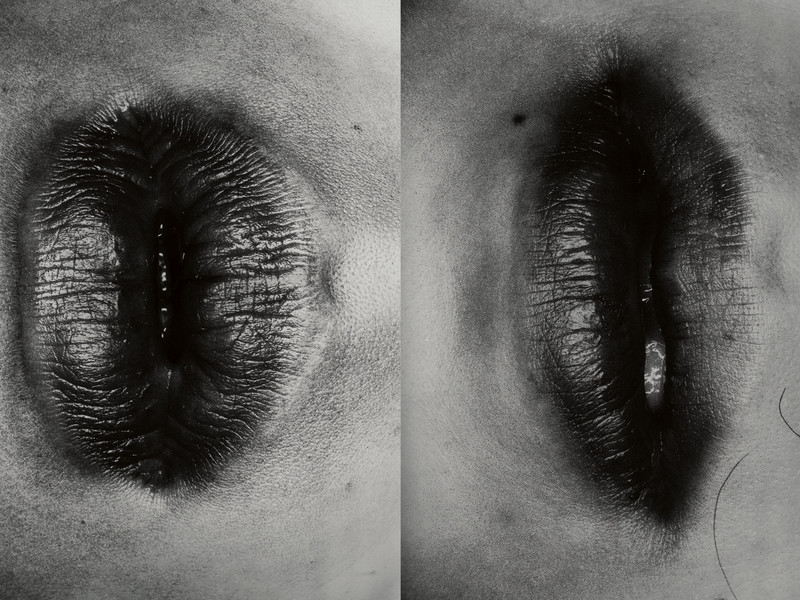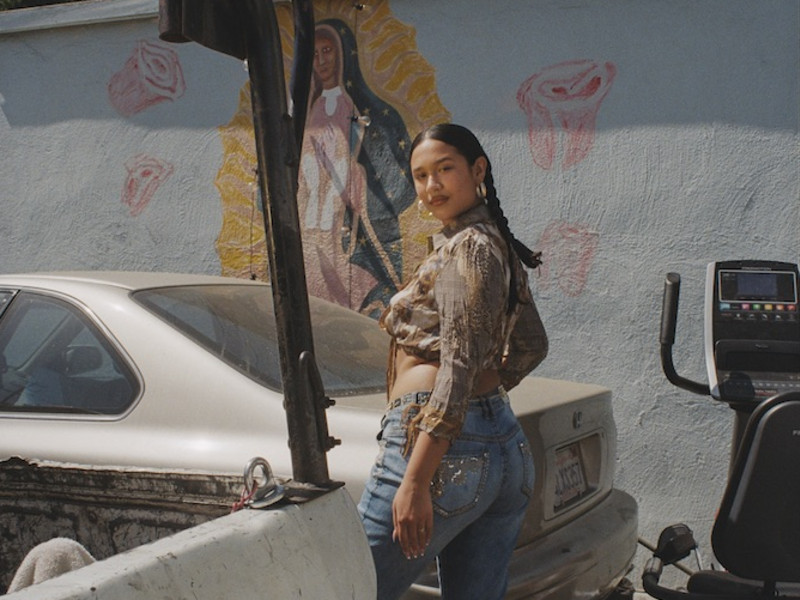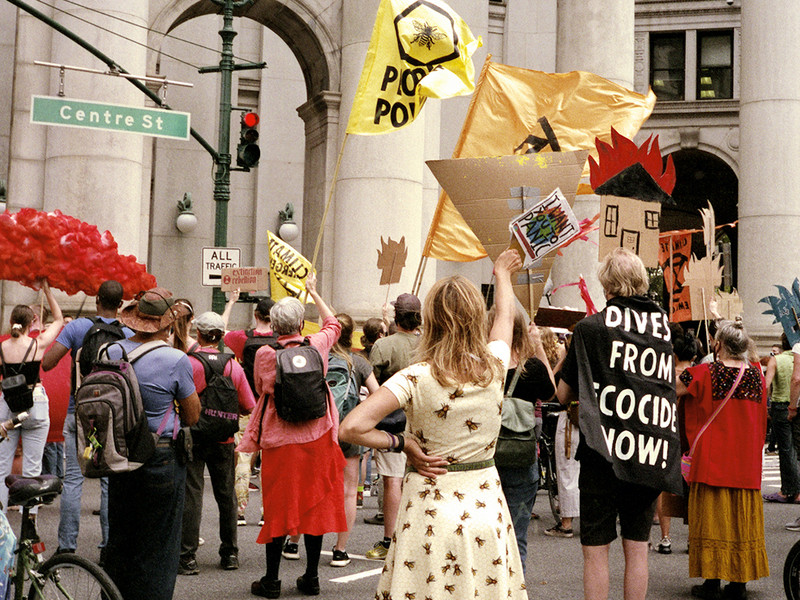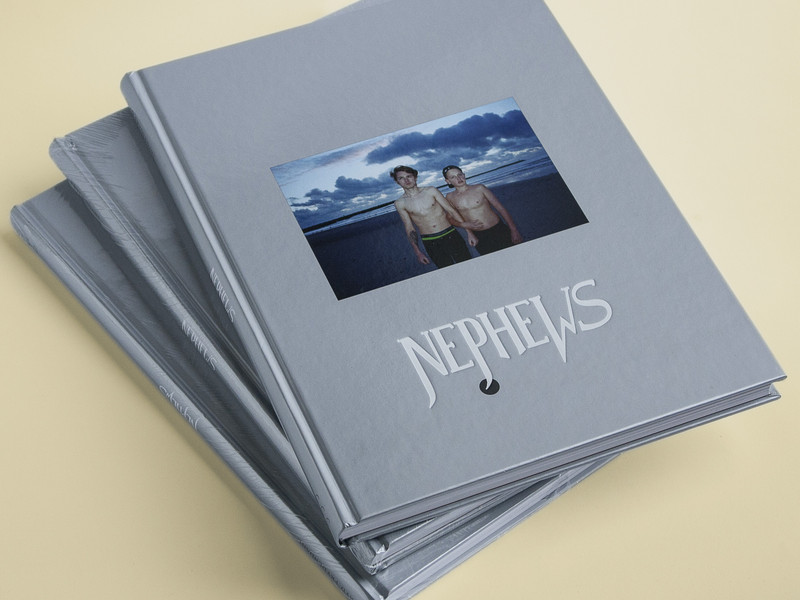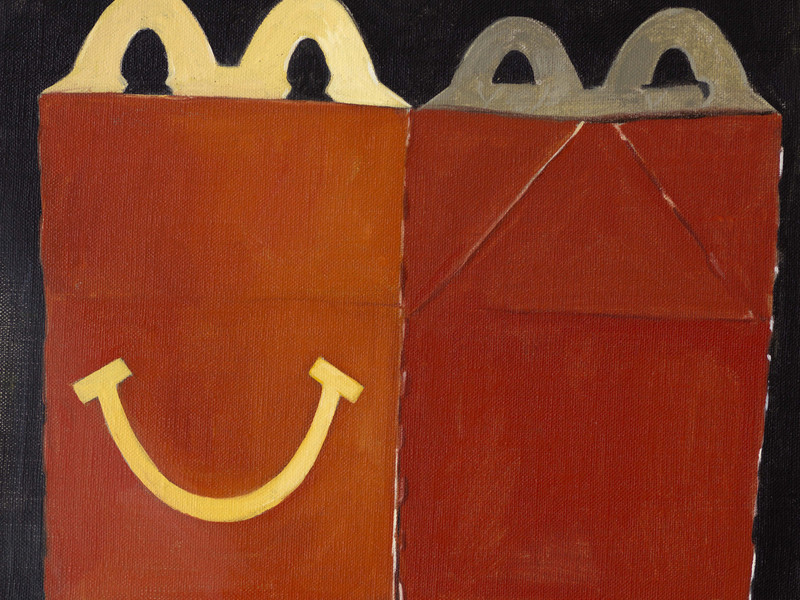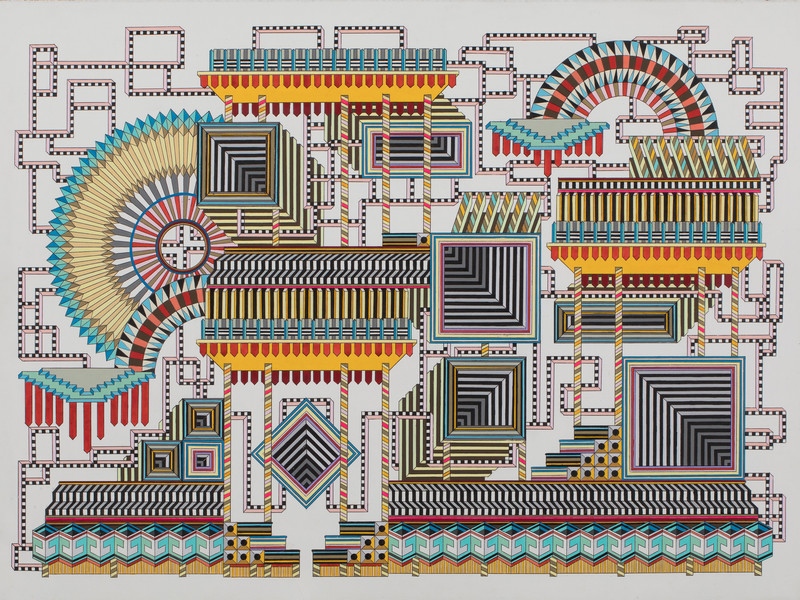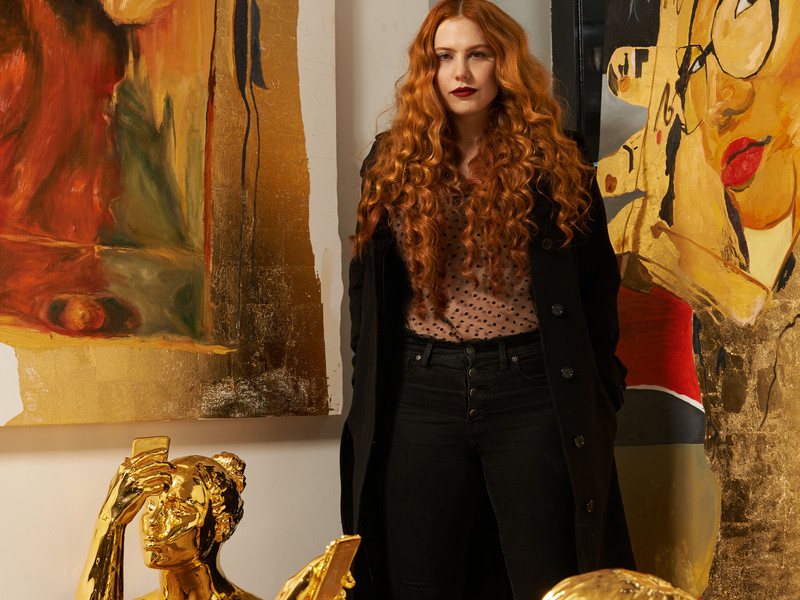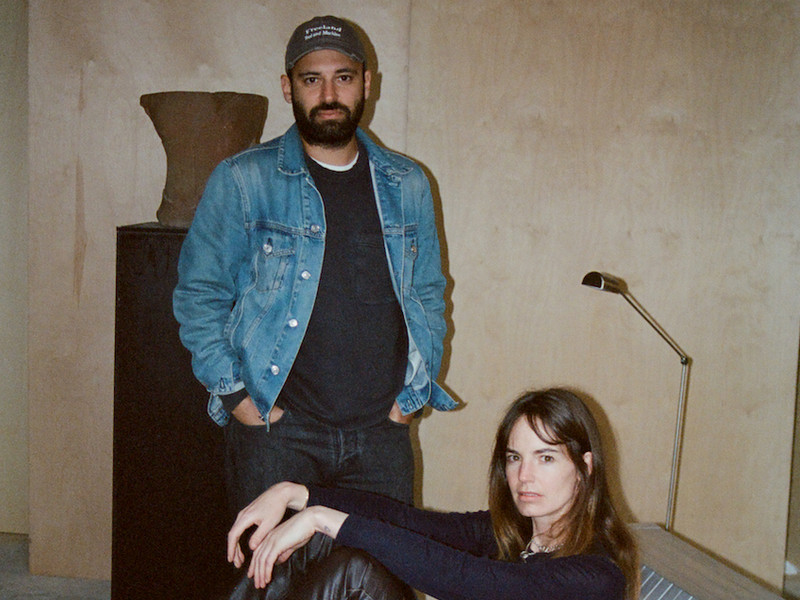There Are Layers To It
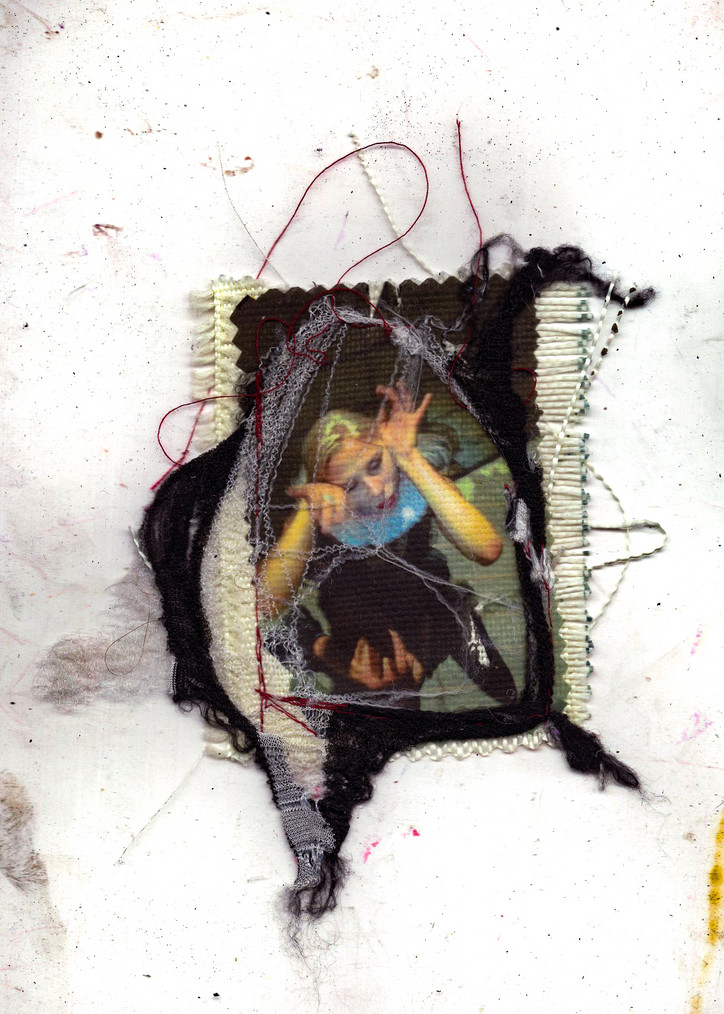
Simpson is a designer, a writer, and a painter, but beneath each expression of creativity, she reverts to photography and its ability to capture individuals beyond their physical form. Through iterations of digital editing, hand-crafted collaging, and image manipulation, Simpson’s abstractions of the human form gain a new kind of sentience converging her subjects with Simpson’s own sense of self at the time of their conception.
In a studio visit with office, Simpson pulled back the curtain to show us the method behind the magic with exclusive images from her latest shoot with Maija Knapp.
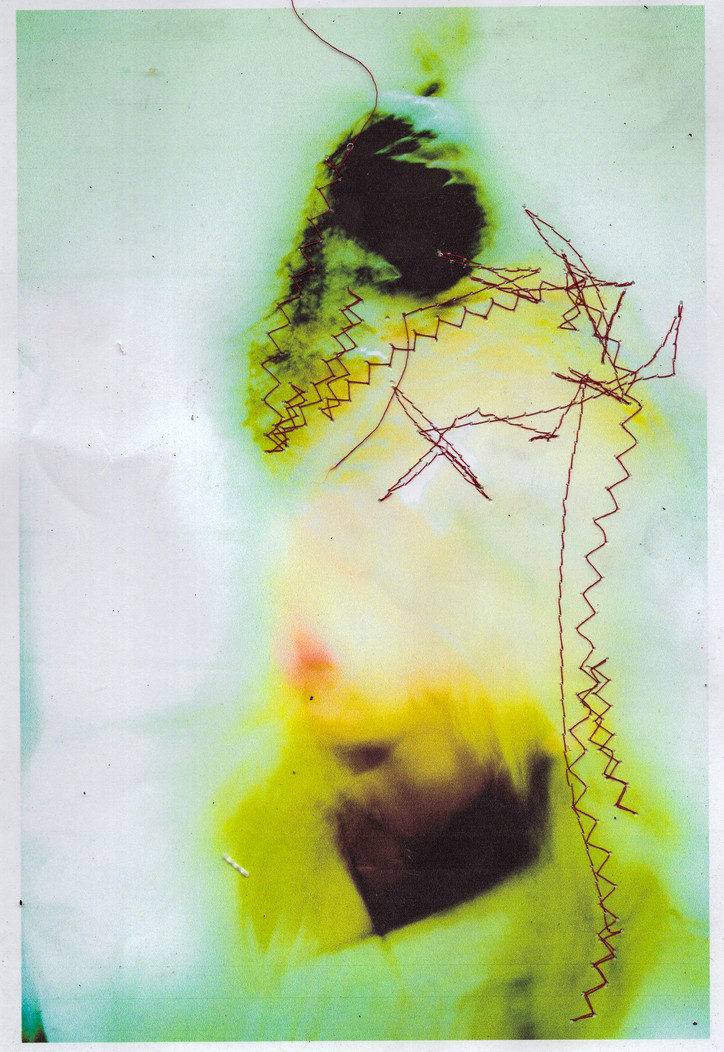
Can you walk me through your process with the photo you’re working on today?
In this one, she's pulling and pushing her face and the light around her is warped. It's not totally clear. I transferred it to a piece of fabric where I was able to pull thread out of it, which is my favorite part of this one, because when you pull out a thread, you're literally pulling out threads from the photo and material from the photo. So you're not only tearing apart the photo but tearing apart the model so it's less about the picture of her face and more about what she might be feeling. Then I sewed a piece of tight around her, and it's kind of like falling off the photo. There are webs that are going over her face and she looks trapped inside of it almost. I think I was almost building a cage for her because that's how it felt with her emotion and her pushing and pulling at her skin and the movement around her. I wanted to like build a cage for the photo to live in.
What about this photo made you feel like it was ‘the one’?
Well, I definitely enjoyed that in this photo, the model was crouching on the ground, and was holding her face and pushing and pulling at her skin. And it was right at the time where her face was in focus, but you could tell that she was completely in movement and I just thought that was perfect. I love when you can catch something really vividly like the face that makes it like really human and recognizable but then it's like her surroundings are like bending her and warping her. That's my favorite like kind of photo to capture.
It seems like each layer you add obscures your subject’s identity. What’s the importance of subjectivity to your work?
Fragmenting the body, I think, is the most fruitful method to clarify it and define it. So, all of the parts of a body of a person–someone that you love or hate or even yourself, someone that you would have like strong perception of you see all those things figuratively when when you think of them. So we perceive them as colors, or even music or all of the things that like represent them and remind you of them. I think that when you fragment an image of somebody and define the parts that are usually unseen it’s more meaningful than a literal image of them. And instead of a picture of somebody being a snapshot of them in time, it can be more of a translation of how you see them. And it’s all layered with how you perceive yourself, your worries your fears. It’s about how you feel about them.
How do you perceive yourself, figuratively, when you’re working on an image?
There’s this one specific photo that I had done with this model that has hot glue on the figure with a long exposure shot. She looked like more of just a ball of light and you could kind of tell it was a human because her legs were clear. And I added to that just by coloring it in a way that felt good. I put the hot glue over it and it kind of looked like it was almost a crying ball of light, which sounds extremely dramatic, but I felt it was extremely personal to me. And I remember looking at that photo and thinking ‘this is kind of how I see myself’ and sometimes that's how my photos feel to me. I can tell that it's always on some level a self-portrait.

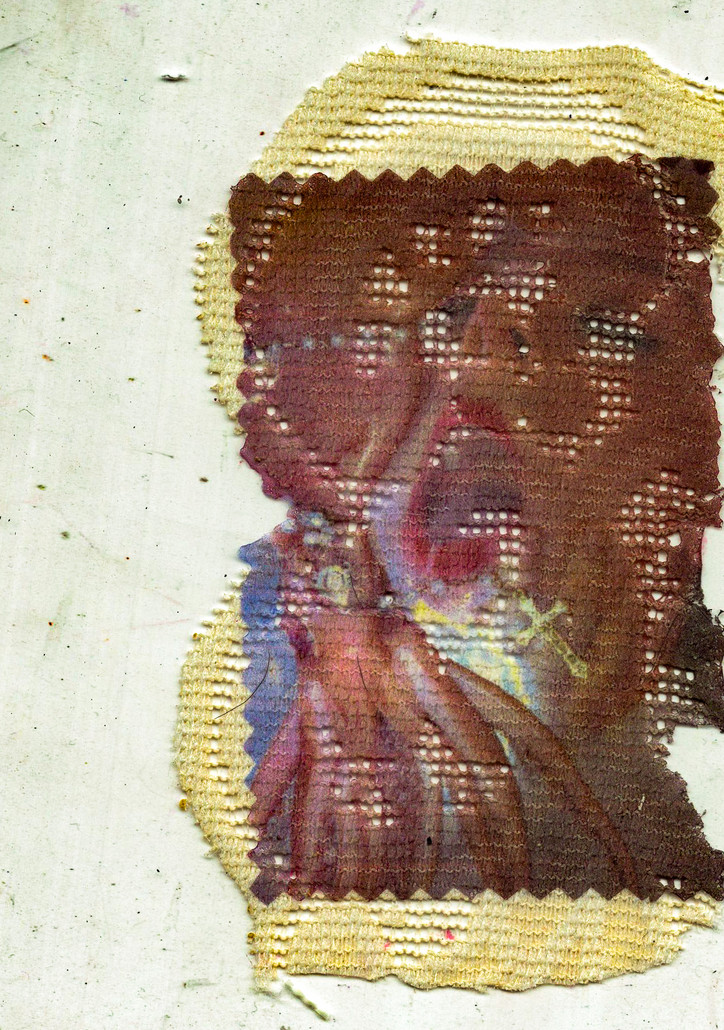
How does it feel, then, to be literally represented, like the portraits we took?
I used to feel more comfortable modeling and that's like, how I got familiar with that side of the industry, but I think the more comfortable I get behind the camera, the less comfortable I am in front of the camera. I feel so comfortable with my control being behind it, that when it's out of my control–it's not that I want to edit them or alter them– it's more just like it just feels almost unnatural for me, but I think it's kind of cool too. Because I mean, I shoot so many people, I think I have to feel what it's like to be in front of it for a change. What was it like on set for these images? In this specific shoot, I shot at the model's house in her bathroom. And I went all over town to get a giant squid because there's a squid in some of the photos. She's such a trooper. I'm so happy. I love working with this Maija because she's just like that. She just wants it to be the best work ever. So she’ll do anything for the photo, and she enjoys it. I had her like lay underneath a piece of glass that I propped up on baskets. And then I put the squid on top of the glass and had her press her face so it looks like the squid is floating on top of her, but then by the end of it, she put some tentacles in her mouth and she put it on her head. She really committed to it.
Why…a squid?
I feel like I just like grotesque things. Especially when they're kind of beautiful, which a lot of people feel that way, but something about the squid with her skin and how it kind of blends into it. Both are just light and soft. And like it looks almost fragile, but it's also kind of sinister looking. It’s just weird and grotesque, you know? But, yeah, I also put pearls on her to like balance with the squid juice…
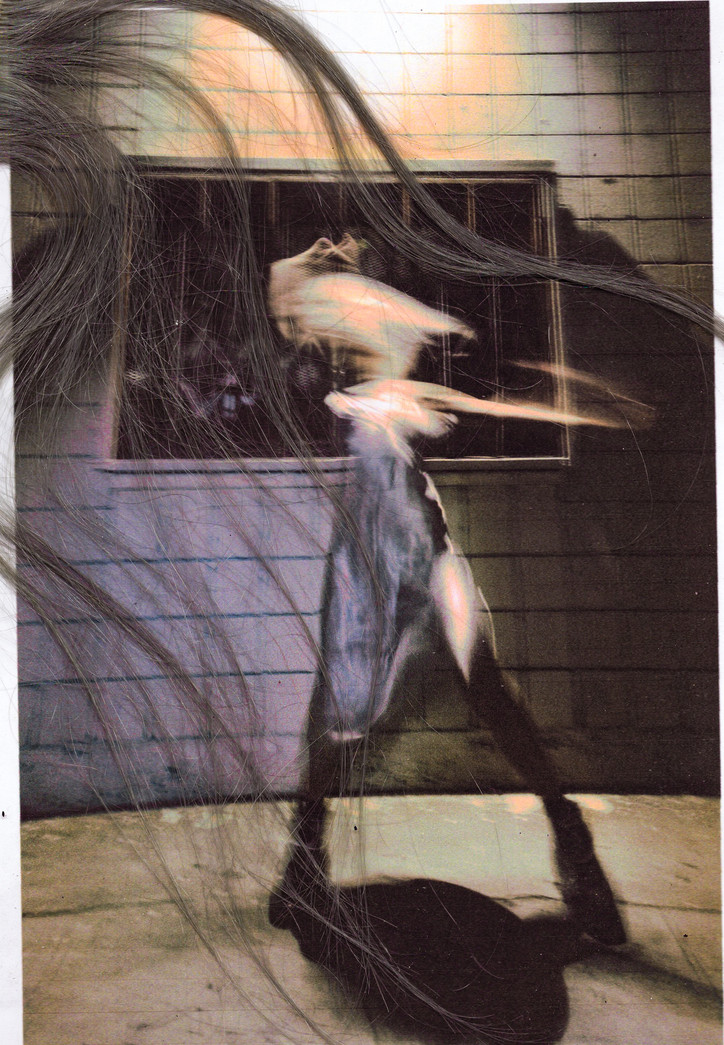
Do you keep them?
A lot of them I put on my wall because I love the way that they look or I keep them around kind of with my other materials. I definitely need art everywhere. It's inspiring, you know, especially like work that I've done, because I can see like what I've done before and what I might want to take from that and what I might do differently. I keep everything. I like to keep the photos. I began keeping all of the ones that I did on paper, because I wanted to be able to reuse some of the textures I created. Or some colors or collage with them. But at this point I think it's more of just like I don't know. This gives me the privilege of keeping my work in multiple stages and being able to have all of those stages present. So like all of the final images that I might post or that people would are just one stage of the photos’ lives because after I scan it I pull it apart again. So this is like many different stages at the same time and I get to have all of them.
Do you feel like because your “finalized” work, like you said, has a kind of truth to it, is there any discomfort now peeling back these layers for the public eye?
I feel like I can still remain comfortable because no one's here touching the photos. Like they’re mine. They feel like they're mine. I feel very attached to everything that I make, but in a way where I am able to not be possessive over it. I like the idea of sharing the lives that they've lived. Sometimes I feel protective over my work but not about sharing the process, I think probably just breeds more life into them. So I don't mind that.
